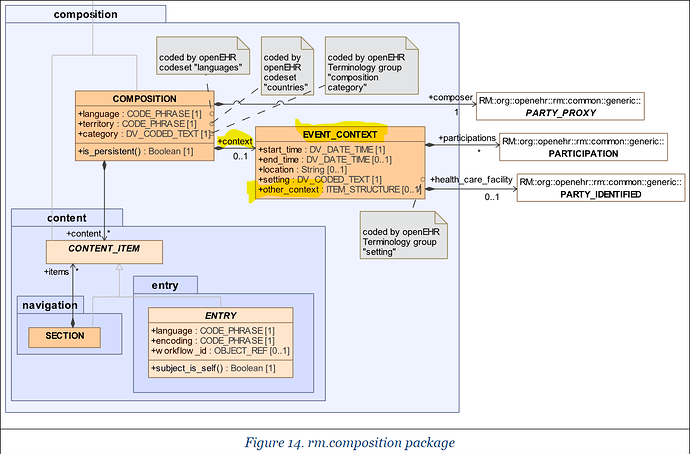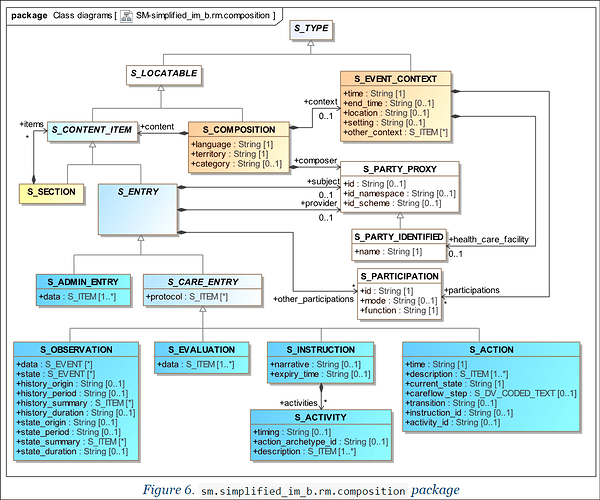Hi!
At Karolinska we are a bit confused about how to format/use some things in different forms of the FLAT/SimSDT format. We are testing at least three CDR products that are supposed to support it and at least two (non-openEHR-based) systems that try to use it correctly for exporting/converting form data. I’m starting this thread to collect some questions (and we hope also answers) regarding confusing things including some that remind me of the Gary Bernhardt’s “Wat?” short speech at CodeMash 2012.
The related discussion threads and documentation we have looked at so far when trying to reduce confusion are:
- EHRbase’s extensive explanations of the FLAT format in chapters 2.5.2 &
- The unfinished specification documents with maturity status “DEVELOPMENT”
- Discussion threads:
There are many really good things with the key+value approach of the simSDT/FLAT (and the less used simNC) approaches. Combined with the JSON based “web template” (as explained in 2.5 of EHRbase docs linked above) the appproach has in very short time made it possible to use openEHR templates as a base for configurable forms in existing non-openEHR systems (like Sectra’s IDS7 and Omniq’s Alltid Öppet) Some years ago we also investigated possible use in non-openEHR major Swedish EHR systems, see IOS Press Ebooks - Configuration of Input Forms in EHR Systems Using Spreadsheets, openEHR Archetypes and Templates
Feel free to add posts below for each kind of issue/confusion, I’ll try to start with some regarding “context”, category and identifiers shortly. Also feel free to edit this post to add more references etc. (it’s a “wiki” post).
Updates from 13 April 2023 and onwards below:
FINDINGS (described in detail furher down in this thread)
-
The archetype authoring tool Archetype Designer had an error that added pointless extra “at-codes” at nodes that usually never have at codes. That error caused seriously confusing results and errors in downstream tools and pipelines, including FLAT/SimSDT.
-
The errors went undetected for quite a while and caused the CKM-published archetype self_reported_data.v1 to contain the errors. (Some draft archetypes also contain the errors)
-
self_reported_data.v1 was the root archetype of the template confusing at least us at Karolinska when using FLAT format with solutions from Cambio, EHRbase, Better and Omniq.
-
The error has been recognised by Better and will be fixed in an upcoming version of Archetype Designer. An updated ‘fixed’ version of the Composition self_reported_data has been submitted as change request to the International CKM. There appear to be 4 other composition archetypes affected - all unpublished.
-
There are many other somewhat confusing things (depending on perspective) mixed with the good things of the FLAT/simSDT format and “simplifications” - these things are also sometimes discussed in the thread below.



